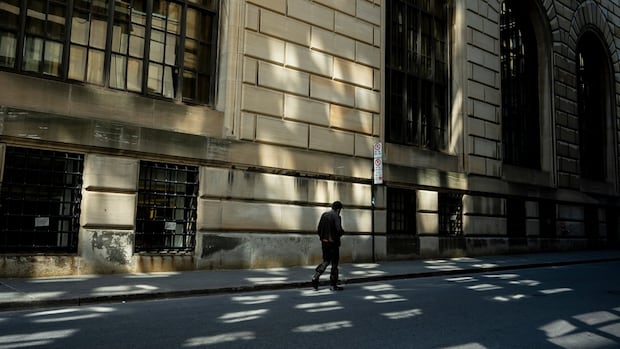In the sweltering embrace of Montreal’s first major heatwave this summer, tragedy has struck with confirmation of the season’s first heat-related death. Public health officials announced Wednesday that an elderly resident succumbed to complications from the extreme temperatures that have blanketed the city for days, sending ripples of concern through communities already struggling with the oppressive heat.
The victim, whose identity remains protected for privacy reasons, was over 65 years old and resided in a particularly vulnerable area of the city where urban heat island effects intensify temperature extremes. According to Montreal Public Health, the individual was living in a residence without air conditioning, highlighting the deadly risk factors that combine during extreme heat events.
“What we’re seeing isn’t simply discomfort—it’s a genuine public health emergency,” explained Dr. Mylene Drouin, Montreal’s public health director, during an urgent press briefing. “When temperatures remain elevated overnight, as they have this week, the body cannot recover, creating a cumulative physiological stress that can prove fatal, particularly for vulnerable populations.”
The current heatwave has pushed temperatures above 30°C for five consecutive days, with humidex values making it feel closer to 40°C. Nighttime temperatures have provided little relief, remaining above 20°C and creating dangerous conditions for those without access to cooling.
Montreal’s response to heat emergencies has evolved significantly since the devastating 2018 heatwave that claimed 66 lives across the city. Current protocols include deploying outreach workers to check on vulnerable residents, extending hours at public cooling centers, and maintaining an emergency registry of at-risk individuals.
“We’ve opened 19 cooling centers across the island, with extended hours until 8 p.m., and some locations remaining accessible overnight,” stated Émilie Thuillier, executive committee member responsible for public security. “City workers are conducting door-to-door wellness checks in neighborhoods with high concentrations of vulnerable residents.”
Climate scientists from McGill University note this heatwave aligns with projected patterns of climate change for the region. “What was once exceptional is becoming increasingly common,” explained Dr. Raymond Sinclair, climatologist at McGill’s Department of Atmospheric and Oceanic Sciences. “Our research indicates Montreal could experience triple the number of days above 30°C by mid-century compared to historical averages.”
The health impacts extend beyond direct heat-related deaths. Emergency room visits for heat-related conditions have surged 28% this week, with calls to paramedic services increasing by nearly a third compared to seasonal averages.
Montreal’s vulnerable populations—particularly seniors, those with chronic health conditions, and residents of low-income neighborhoods—face disproportionate risk. Data from previous heatwaves reveals mortality rates three times higher in neighborhoods with limited green space and predominately older housing stock lacking modern cooling systems.
Urban planning experts emphasize the role of city design in mitigating or exacerbating heat dangers. “The concentration of concrete and asphalt, limited tree canopy, and building designs that trap heat create dangerous microclimates in certain neighborhoods,” noted urban planning professor Elise Montclair of Université de Montréal. “These structural factors can create temperature differences of up to 12 degrees between neighborhoods just kilometers apart.”
As Montreal braces for potentially more heatwaves this summer, health officials urge residents to check regularly on vulnerable neighbors and family members. They recommend limiting outdoor activity during peak heat hours, staying hydrated, and utilizing public cooling centers if home environments become dangerously warm.
The coming days may provide some relief, with meteorologists forecasting a potential break in the heat by Friday. However, long-range predictions suggest above-normal temperatures could persist throughout July and August.
As climate change intensifies extreme weather patterns globally, how will cities like Montreal transform their infrastructure, emergency response systems, and community support networks to protect their most vulnerable citizens from increasingly deadly heat?


















